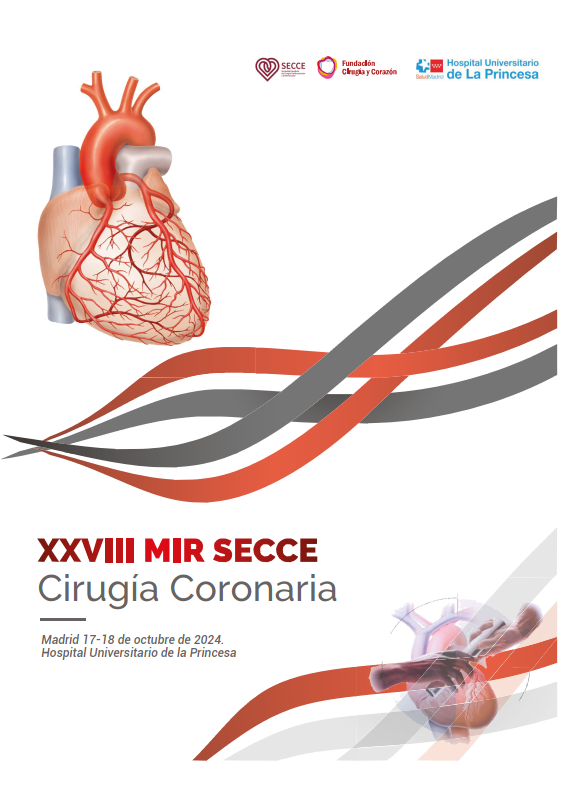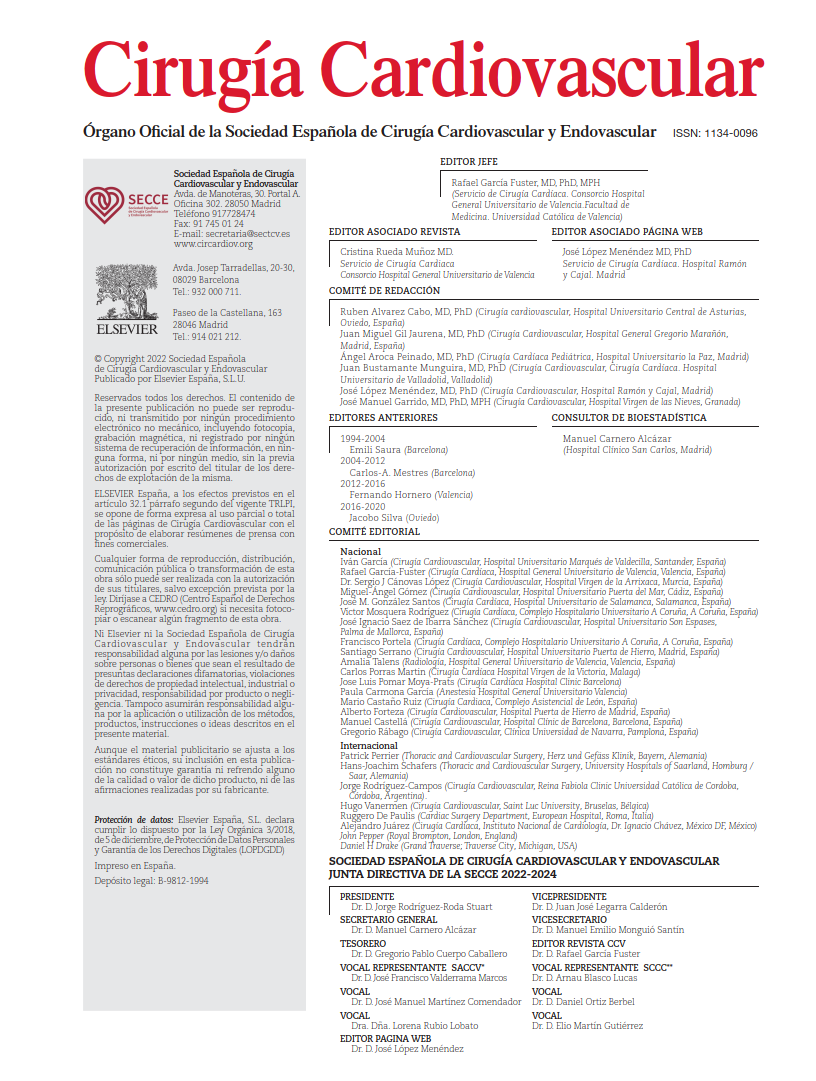Continuous cerebral oximetry, or near-infrared spectroscopy —NIRS, for “near-infrared spectroscopy”—allows for noninvasive measurement of cerebral hemoglobin oxygen saturation (SrO₂) in a specific region, without requiring pulsatility. This technique relies on near-infrared spectroscopy: when a sensor is placed in the cranial frontolateral area, it captures regional oxygen saturation from underlying tissues, mainly cerebral parenchyma (approximately 85% of the signal originates from the cerebral cortex, and 15% from extracerebral tissue). These tissues correspond to the perfusion territories of the anterior and middle cerebral arteries. Unlike jugular bulb oximetry, which is invasive and reflects purely venous drainage from the brain, NIRS provides continuous readings (every 4–5 seconds) of regional oxygen saturation at the capillary level (arterial and venous). The emitted NIRS light penetrates the underlying tissues; some is absorbed by tissue chromophores, and the rest is captured by a receptor. Since different chromophores absorb light at different rates, the readings reflect their concentration in cerebral tissue, offering an estimation of blood volume, cerebral blood flow, and oxygenation. Importantly, NIRS signal acquisition is not affected by anesthetic depth, hypothermia, or lack of pulsatility.
SrO₂ reflects the balance between cerebral oxygen supply and demand. During cardiac surgery and cardiopulmonary bypass (CPB)—contexts where NIRS monitoring has found its greatest development—this balance can be altered by numerous and often interrelated factors.
Under physiological conditions, cerebral blood flow (CBF) is coupled to cerebral metabolic rate of oxygen (CMRO₂), adapting to match the brain’s metabolic needs. In the setting of acute brain injury, CMRO₂ decreases in proportion to the severity of the insult, and CBF autoregulation mechanisms may become impaired, altering the flow–metabolism relationship. The existence or disruption of this coupling can be assessed indirectly using NIRS, even without direct flow or metabolic measurements. The NIRS sensor includes a light-emitting diode (LED) that produces two near-infrared light waves, and two detectors placed at least 2.5 cm from the source, allowing measurement at 3–4 cm depth—beyond the dura mater—primarily sampling superficial cortical gray and white matter beneath the sensor.
Both the emitter and detectors are mounted on an adhesive patch, usually positioned bilaterally on the frontolateral region of the head, allowing for monitoring of both cerebral hemispheres. The sensor must be placed away from the superior sagittal sinus, after cleansing the skin with an alcohol solution. The system performs 15 measurements per second, with the displayed value updating every 4 seconds. Monitoring may be unilateral or bilateral; some hypotheses suggest that bilateral monitoring may offer more comprehensive data and greater signal reliability. The main parameter measured by NIRS is regional cerebral oxygen saturation (SrO₂), which reflects variations in oxygen delivery and consumption in the cerebral cortex. SrO₂ is defined by the formula: SrO₂ = oxygenated hemoglobin / total hemoglobin. The system relies on a spectroscope that simultaneously measures two wavelengths (730 and 810 nm) in real time. The photon emitter is powerful enough to penetrate both soft tissues and cranial bone. The photons are absorbed by chromophores in the underlying cerebral tissue, predominantly by oxyhemoglobin and deoxyhemoglobin—the primary chromophores—while cytochrome aa₃ contributes minimally.
NIRS light is absorbed by tissue chromophores depending on their oxygenation state. Therefore, NIRS data correlate with cerebral blood volume and tissue oxygenation levels. The unabsorbed light is captured by photodetectors located 3 and 4 cm from the emission source.
The clinical applications of cerebral oximetry systems have been primarily developed in neonates, using transmission spectroscopy. In adults, due to the thicker diploic bone layer, reflectance spectroscopy is preferred. Given its noninvasive nature, continuous function, and ease of use, clinical experience has mainly been established in patients undergoing carotid endarterectomy and cardiac surgery with cardiopulmonary bypass. During CPB, regional cerebral oximetry provides significant value, particularly in scenarios involving deep hypothermic circulatory arrest and selective cerebral perfusion. In such settings, it remains the only suitable noninvasive tool for assessing cerebral oxygenation status, as spontaneous and evoked bioelectrical activity are abolished by hypothermia and pharmacologic agents, and pulsatile flow is not required for NIRS measurement.
Normal SrO₂ values range from 50% to 70% in children and from 58% to 82% in adults. Cerebral desaturation is typically defined by absolute values below 50% when sustained, transient values below 40%, or a relative decrease exceeding 20% from baseline. Conversely, SrO₂ values above 85%–90% may suggest cerebral hyperemia. Trend monitoring and deviations from baseline are critical, as baseline values vary across individuals. The baseline SrO₂ value is established at rest or under stable anesthesia, with hemodynamic stability, normal hemoglobin levels, appropriate oxygenation, normocapnia, and normothermia. Changes from baseline are directly linked to these variables and can be modulated to optimize cerebral perfusion and oxygenation.
SrO₂ monitoring facilitates early and reliable detection of potential intraoperative complications, including hypoperfusion or cerebral hyperemia, autoregulatory threshold exceedance in blood pressure, oxygen supply–demand mismatch, inappropriate hypothermia levels, unrecognized hypocapnia, malpositioned cannulas causing low cerebral flow, impaired venous drainage, air embolism, or periods of neurological vulnerability. Early detection and treatment of cerebral hypoxia—as evidenced by frontocerebral desaturations during cardiac surgery—may prevent additional cerebral injury, thus offering a strategy to improve neurological outcomes.
There is sufficient evidence to support an association between low SrO₂ values and neurological injury, as well as prolonged hospital stays, in both pediatric and adult populations. For this reason, NIRS is regarded as an essential monitoring tool for the prevention of neurologic complications during cardiac surgery. Anesthesiologists and perfusionists should be trained to follow standardized algorithms when facing NIRS desaturations. Corrective measures may include adjusting perfusion pressure and flow, modifying temperature and anesthetic depth, correcting cannula malposition, determining safe ischemic times during circulatory arrest, or assessing optimal perfusion targets during strategies such as selective cerebral perfusion.
COMMENTARY:
During cardiopulmonary bypass in children with congenital heart disease, several neuromonitoring tools are commonly employed, including NIRS, transcranial Doppler (TCD), and electroencephalography (EEG). Although none of these modalities has individually demonstrated improved long-term neurologic outcomes, their combined use may guide intraoperative decision-making and allow early detection of cerebral malperfusion events.
Near-infrared spectroscopy (NIRS) has become the most widely used cerebral monitoring tool in pediatric cardiac surgery, due to its noninvasive nature, ease of application, and capacity to provide real-time data on tissue oxygenation. Its integration with other modalities such as processed EEG, amplitude-integrated EEG (aEEG), and spectral parameters enables continuous and more comprehensive neurologic evaluation, enhancing early detection of cerebral hypoxia, monitoring of consciousness, and assessment of anesthetic depth.
NIRS allows continuous monitoring of regional cerebral oxygen saturation (SrO₂), which correlates with central venous oxygen saturation and has been associated with hypoxic-ischemic brain injury when values fall below 45%. It has also shown concordance with invasive hemodynamic parameters in deep hypothermia settings and with long-term neurologic outcomes in infants.
Beyond cerebral applications, NIRS has been utilized in abdominal, renal, and muscular regions, proving useful in detecting tissue hypoperfusion and showing correlation with lactate levels and mixed venous oxygen saturation (SvO₂). Interventions such as the administration of inodilators have been shown to improve regional oxygenation, while other agents, such as vasopressin, have not demonstrated consistent benefits in specific territories.
This technology also enables estimation of the fractional oxygen extraction (FOE), a valuable parameter to assess the balance between oxygen delivery and consumption, particularly in contexts such as Fontan circulation or the postoperative period of cardiac surgery.
Studies in children with Fontan physiology have reported reduced muscle oxygenation in the calf during physical exertion compared to controls. However, regional changes do not always reflect systemic oxygenation, and there is currently no universal standard for validating tissue oxygenation measurements. NIRS can be affected by interference from other tissues and may be less accurate in cases of hyperbilirubinemia or when applied to children with darker skin tones.
Despite its clinical relevance, NIRS has several limitations, including the lack of a standardized reference for direct tissue oxygenation measurement and the influence of confounding factors such as skin pigmentation or jaundice. The current evidence regarding its impact on clinical outcomes remains limited, and future research should focus on how to accurately interpret and respond to NIRS data in order to optimize anesthetic management and improve neurologic prognosis.
REFERENCES:
Finucane E, Jooste E, Machovec KA. Neuromonitoring modalities in pediatric cardiac anesthesia: a review of the literature. J Cardiothorac Vasc Anesth. 2020 Dec;34(12):3420–8.
Bruckner M, Wolfsberger CH, Dempsey EM, Liem KD, Lemmers P, Alderliesten T, et al. Normal regional tissue oxygen saturation in neonates: a systematic qualitative review. Pediatr Res. 2024 Sep;96(4):844–55.
Klamt JG, Garcia WNP, de Carvalho M, Garcia LV, Menardi AC. Multimodal neuromonitoring during pediatric cardiac surgery. Braz J Cardiovasc Surg. 2022 May 2;37(2):251–8.



